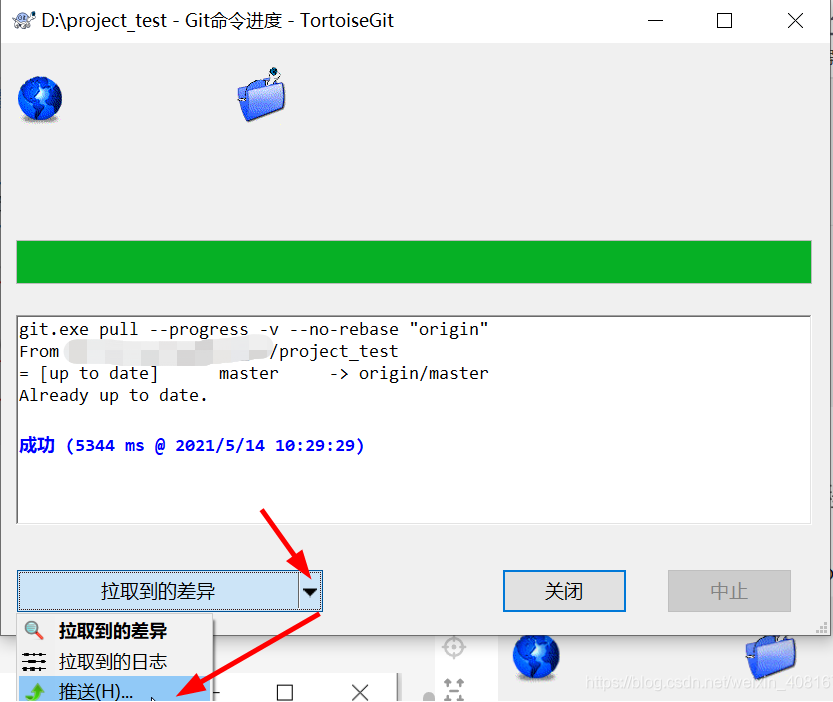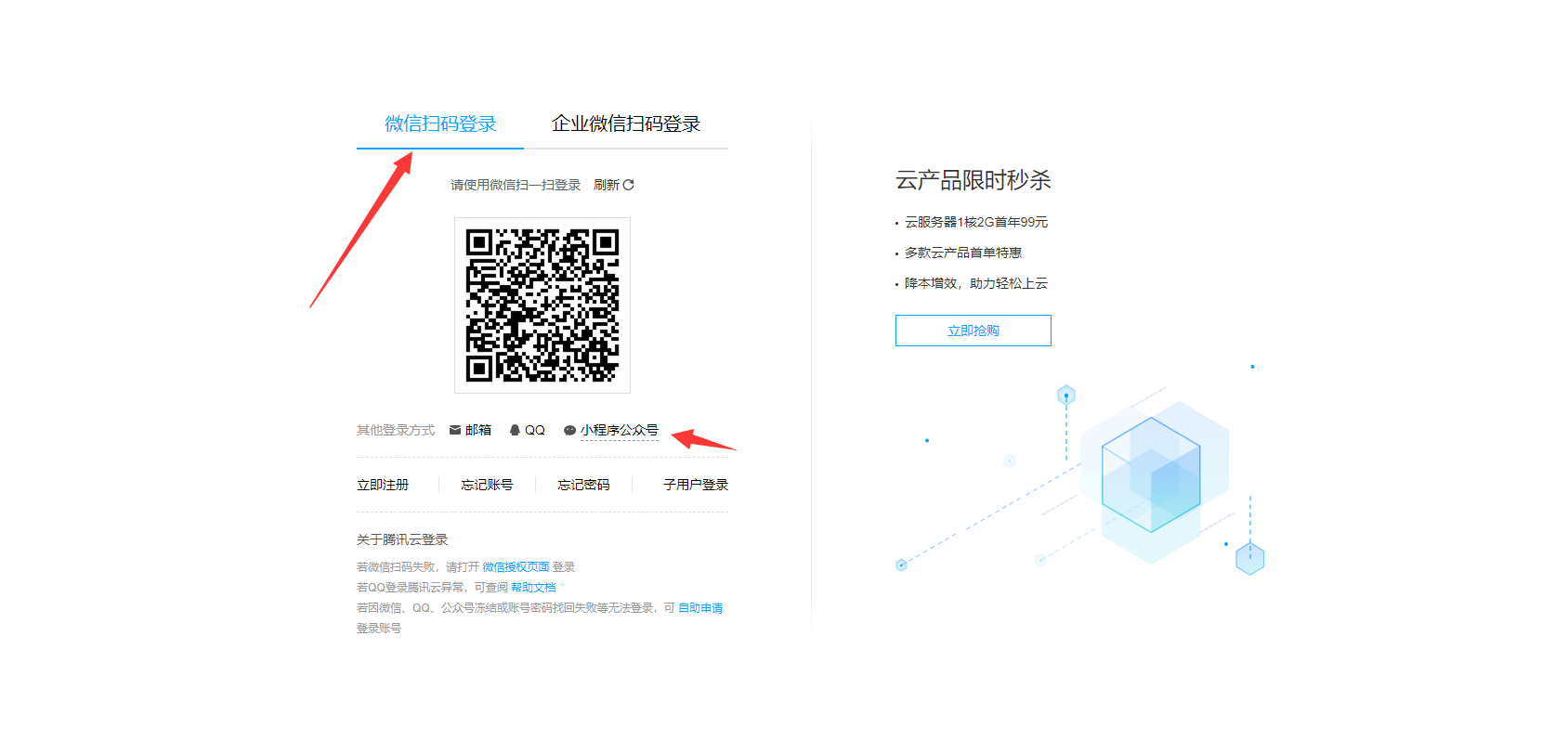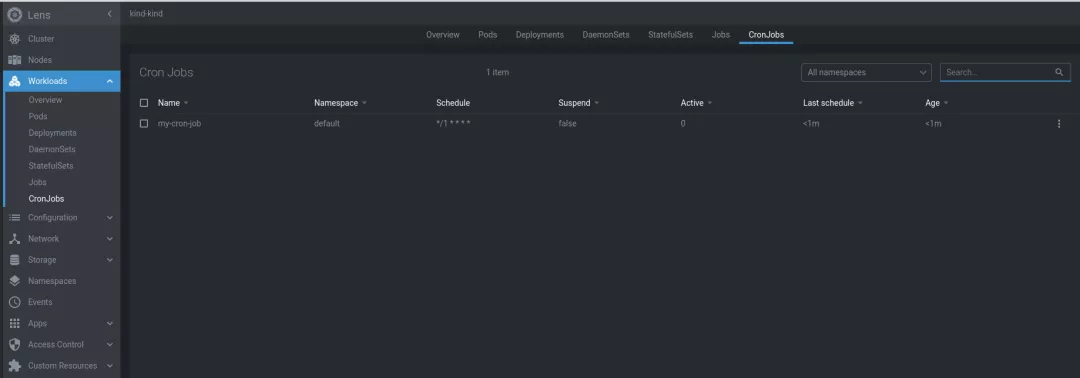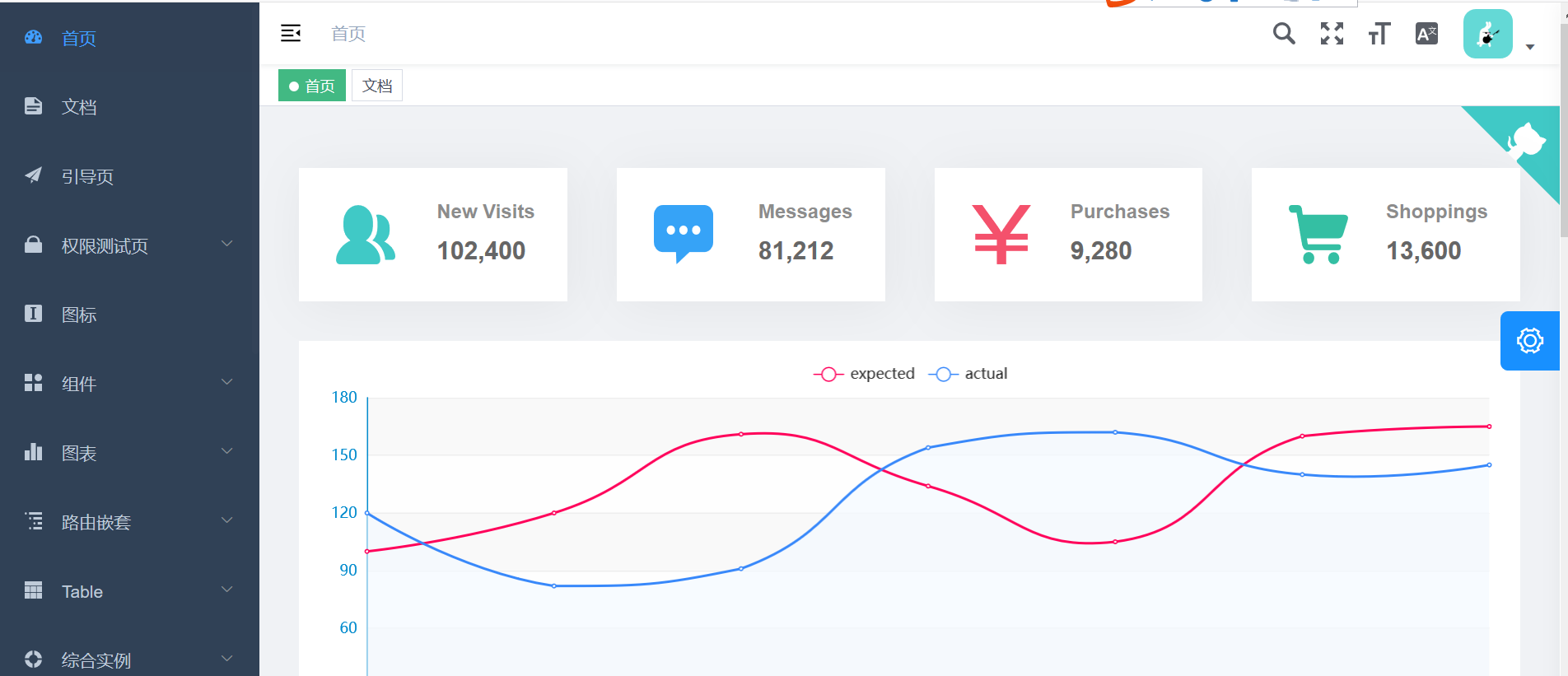Spring 笔记—— Spring 注解
这篇文章主要介绍了Java的Spring框架中的注解的用法,包括对Java bean的定义的作用介绍,需要的朋友可以参考下
1. 使用spring注解来注入属性
1.1. 使用注解以前我们是怎样注入属性的
类的实现:
?
1 2 3 4 5 6 7 | classUserManagerImpl implementsUserManager { privateUserDao userDao; publicvoid setUserDao(UserDao userDao) { this.userDao = userDao; } …} |
配置文件:
?
1 2 3 4 5 6 | <bean id=”userManagerImpl” class=”com.kedacom.spring.annotation.service.UserManagerImpl”> <property name=”userDao” ref=”userDao” /> </bean><bean id=”userDao” class=”com.kedacom.spring.annotation.persistence.UserDaoImpl”> <property name=”sessionFactory” ref=”mySessionFactory” /> </bean> |
1.2. 引入@Autowired注解(不推荐使用,建议使用@Resource)
类的实现(对成员变量进行标注)
?
1 2 3 4 5 | publicclass UserManagerImpl implementsUserManager { @Autowired privateUserDao userDao; …} |
或者(对方法进行标注)
?
1 2 3 4 5 6 7 8 | UserManagerImplimplementsUserManager { privateUserDao userDao; @Autowired publicvoid setUserDao(UserDao userDao) { this.userDao = userDao; } …} |
配置文件
?
1 2 3 4 | <bean id=”userManagerImpl” class=”com.kedacom.spring.annotation.service.UserManagerImpl” /><bean id=”userDao” class=”com.kedacom.spring.annotation.persistence.UserDaoImpl”> <property name=”sessionFactory” ref=”mySessionFactory” /> </bean> |
@Autowired可以对成员变量、方法和构造函数进行标注,来完成自动装配的工作。以上两种不同实现方式中,@Autowired的标注位置不同,它们都会在Spring在初始化userManagerImpl这个bean时,自动装配userDao这个属性,区别是:第一种实现中,Spring会直接将UserDao类型的唯一一个bean赋值给userDao这个成员变量;第二种实现中,Spring会调用setUserDao方法来将UserDao类型的唯一一个bean装配到userDao这个属性。
1.3. 让@Autowired工作起来
要使@Autowired能够工作,还需要在配置文件中加入以下代码
?
1 | class=“org.springframework.beans.factory.annotation.AutowiredAnnotationBeanPostProcessor”/> |
1.4. @Qualifier
@Autowired是根据类型进行自动装配的。在上面的例子中,如果当Spring上下文中存在不止一个UserDao类型的bean时,就会抛出BeanCreationException异常;如果Spring上下文中不存在UserDao类型的bean,也会抛出BeanCreationException异常。我们可以使用@Qualifier配合@Autowired来解决这些问题。
- 可能存在多个UserDao实例
?
1 2 3 4 | @Autowiredpublicvoid setUserDao(@Qualifier(“userDao”) UserDao userDao) { this.userDao = userDao; } |
这样,Spring会找到id为userDao的bean进行装配。
- 可能不存在UserDao实例
?
1 2 3 4 | @Autowired(required = false)publicvoid setUserDao(UserDao userDao) { this.userDao = userDao; } |
1.5. @Resource(JSR-250标准注解,推荐使用它来代替Spring专有的@Autowired注解)
Spring 不但支持自己定义的@Autowired注解,还支持几个由JSR-250规范定义的注解,它们分别是@Resource、@PostConstruct以及@PreDestroy。
@Resource的作用相当于@Autowired,只不过@Autowired按byType自动注入,而@Resource默认按byName自动注入罢了。@Resource有两个属性是比较重要的,分别是name和type,Spring将@Resource注解的name属性解析为bean的名字,而type属性则解析为bean的类型。所以如果使用name属性,则使用byName的自动注入策略,而使用type属性时则使用byType自动注入策略。如果既不指定name也不指定type属性,这时将通过反射机制使用byName自动注入策略。
@Resource装配顺序
如果同时指定了name和type,则从Spring上下文中找到唯一匹配的bean进行装配,找不到则抛出异常
如果指定了name,则从上下文中查找名称(id)匹配的bean进行装配,找不到则抛出异常
如果指定了type,则从上下文中找到类型匹配的唯一bean进行装配,找不到或者找到多个,都会抛出异常
如果既没有指定name,又没有指定type,则自动按照byName方式进行装配(见2);如果没有匹配,则回退为一个原始类型(UserDao)进行匹配,如果匹配则自动装配;
1.6. @PostConstruct(JSR-250)
在方法上加上注解@PostConstruct,这个方法就会在Bean初始化之后被Spring容器执行(注:Bean初始化包括,实例化Bean,并装配Bean的属性(依赖注入))。
它的一个典型的应用场景是,当你需要往Bean里注入一个其父类中定义的属性,而你又无法复写父类的属性或属性的setter方法时,如:
?
1 2 3 4 5 6 7 8 9 10 11 12 | publicclass UserDaoImpl extendsHibernateDaoSupport implementsUserDao { privateSessionFactory mySessionFacotry; @Resource publicvoid setMySessionFacotry(SessionFactory sessionFacotry) { this.mySessionFacotry = sessionFacotry; } @PostConstruct publicvoid injectSessionFactory() { super.setSessionFactory(mySessionFacotry); } …} |
这里通过@PostConstruct,为UserDaoImpl的父类里定义的一个sessionFactory私有属性,注入了我们自己定义的sessionFactory(父类的setSessionFactory方法为final,不可复写),之后我们就可以通过调用super.getSessionFactory()来访问该属性了。
1.7. @PreDestroy(JSR-250)
在方法上加上注解@PreDestroy,这个方法就会在Bean初始化之后被Spring容器执行。由于我们当前还没有需要用到它的场景,这里不不去演示。其用法同@PostConstruct。
1.8. 使用
Spring2.1添加了一个新的context的Schema命名空间,该命名空间对注释驱动、属性文件引入、加载期织入等功能提供了便捷的配置。我们知道注释本身是不会做任何事情的,它仅提供元数据信息。要使元数据信息真正起作用,必须让负责处理这些元数据的处理器工作起来。
AutowiredAnnotationBeanPostProcessor和CommonAnnotationBeanPostProcessor就是处理这些注释元数据的处理器。但是直接在Spring配置文件中定义这些Bean显得比较笨拙。Spring为我们提供了一种方便的注册这些BeanPostProcessor的方式,这就是
?
1 2 3 4 5 6 7 | <beansxmlns=“http://www.springframework.org/schema/beans“xmlns:xsi=“http://www.w3.org/2001/XMLSchema-instance“xmlns:context=“http://www.springframework.org/schema/context“ <context:annotation-config/> </beans> |
2. 使用Spring注解完成Bean的定义
以上我们介绍了通过@Autowired或@Resource来实现在Bean中自动注入的功能,下面我们将介绍如何注解Bean,从而从XML配置文件中完全移除Bean定义的配置。
2.1. @Component(不推荐使用)、@Repository、@Service、@Controller
只需要在对应的类上加上一个@Component注解,就将该类定义为一个Bean了:
?
1 2 3 4 | @Componentpublicclass UserDaoImpl extendsHibernateDaoSupport implementsUserDao { …} |
使用@Component注解定义的Bean,默认的名称(id)是小写开头的非限定类名。如这里定义的Bean名称就是userDaoImpl。你也可以指定Bean的名称:
@Component(“userDao”)
@Component是所有受Spring管理组件的通用形式,Spring还提供了更加细化的注解形式:@Repository、@Service、@Controller,它们分别对应存储层Bean,业务层Bean,和展示层Bean。目前版本(2.5)中,这些注解与@Component的语义是一样的,完全通用,在Spring以后的版本中可能会给它们追加更多的语义。所以,我们推荐使用@Repository、@Service、@Controller来替代@Component。
2.2. 使用
?
1 2 3 4 5 6 7 | <beansxmlns=“http://www.springframework.org/schema/beans“xmlns:xsi=“http://www.w3.org/2001/XMLSchema-instance“xmlns:context=“http://www.springframework.org/schema/context“ <context:component-scanbase-package=“com.kedacom.ksoa”/> </beans> |
这里,所有通过
过滤器类型 表达式范例 说明
注解 org.example.SomeAnnotation 将所有使用SomeAnnotation注解的类过滤出来
类名指定 org.example.SomeClass 过滤指定的类
正则表达式 com\.kedacom\.spring\.annotation\.web\..* 通过正则表达式过滤一些类
AspectJ表达式 org.example..*Service+ 通过AspectJ表达式过滤一些类
以正则表达式为例,我列举一个应用实例:
?
1 2 3 | <context:component-scanbase-package=“com.casheen.spring.annotation”> <context:exclude-filtertype=“regex”expression=“com.casheen.spring.annotation.web..*”/> </context:component-scan> |
值得注意的是
2.3. 使用@Scope来定义Bean的作用范围
在使用XML定义Bean时,我们可能还需要通过bean的scope属性来定义一个Bean的作用范围,我们同样可以通过@Scope注解来完成这项工作:
?
1 2 3 4 5 | @Scope(“session”)@Component()publicclass UserSessionBean implementsSerializable { …} |
3.在使用annotation之前定义三个bean之间的关系是这样的
?
1 2 3 4 5 6 7 8 9 10 11 12 13 14 15 16 17 18 19 20 21 22 23 24 25 26 27 28 29 30 31 32 33 34 35 36 37 38 39 | packagecom.baobaotao;publicclass Office { privateString officeNo =”001”; //省略 get/setter @Override publicString toString() { return“officeNo:” + officeNo; }}ackage com.baobaotao; publicclass Car { privateString brand; privatedouble price; // 省略 get/setter @Override publicString toString() { return“brand:” + brand + “,”+ “price:”+ price; }}packagecom.baobaotao; publicclass Boss { privateCar car; privateOffice office; // 省略 get/setter @Override publicString toString() { return“car:” + car + “\n”+ “office:”+ office; }} |
配置文件如下:
?
1 2 3 4 5 6 7 8 9 10 11 12 13 14 15 16 17 | <?xmlversion=“1.0”encoding=“UTF-8”?> <beanid=“boss”class=“com.baobaotao.Boss”> <propertyname=“car”ref=“car”/> <propertyname=“office”ref=“office”/> </bean> <beanid=“office”class=“com.baobaotao.Office”> <propertyname=“officeNo”value=“002”/> </bean> <beanid=“car”class=“com.baobaotao.Car”scope=“singleton”> <propertyname=“brand”value=“ 红旗 CA72”/> <propertyname=“price”value=“2000”/> </bean></beans> |
测试文件如下:
?
1 2 3 4 5 6 7 8 9 10 11 12 | importorg.springframework.context.ApplicationContext;importorg.springframework.context.support.ClassPathXmlApplicationContext;publicclass AnnoIoCTest { publicstatic void main(String[] args) { String[] locations = { “beans.xml”}; ApplicationContext ctx = newClassPathXmlApplicationContext(locations); Boss boss = (Boss) ctx.getBean(“boss”); System.out.println(boss); }} |
4.接下来我们可以使用autowired来注解,他可以对成员变量,方法及构造函数进行标准,完成自动装配的工作。
autoware来注解成员变量的用法
?
1 2 3 4 5 6 7 8 9 10 11 12 13 | packagecom.baobaotao;importorg.springframework.beans.factory.annotation.Autowired; publicclass Boss { @Autowired privateCar car; @Autowired privateOffice office; …} |
相应的配置文件如下:
?
1 2 3 4 5 6 7 8 9 10 11 12 13 14 15 16 17 18 19 20 21 | <?xmlversion=“1.0”encoding=“UTF-8”?> <!— 该 BeanPostProcessor 将自动起作用,对标注 @Autowired 的 Bean 进行自动注入 —> <beanclass=”org.springframework.beans.factory.annotation. AutowiredAnnotationBeanPostProcessor”/> <!— 移除 boss Bean 的属性注入配置的信息 —> <beanid=“boss”class=“com.baobaotao.Boss”/> <beanid=“office”class=“com.baobaotao.Office”> <propertyname=“officeNo”value=“001”/> </bean> <beanid=“car”class=“com.baobaotao.Car”scope=“singleton”> <propertyname=“brand”value=“ 红旗 CA72”/> <propertyname=“price”value=“2000”/> </bean></beans> |
autoware也可以用在setter方法及构造函数上
?
1 2 3 4 5 6 7 8 9 10 11 12 13 14 15 16 17 18 19 20 21 22 23 24 25 26 27 28 29 30 31 32 | packagecom.baobaotao; publicclass Boss { privateCar car; privateOffice office; @Autowired publicvoid setCar(Car car) { this.car = car; } @Autowired publicvoid setOffice(Office office) { this.office = office; } …}packagecom.baobaotao; publicclass Boss { privateCar car; privateOffice office; @Autowired publicBoss(Car car ,Office office){ this.car = car; this.office = office ; } …} |
当候选bean的数目为0时,我们可以使用@Autowired(required = false)来防止spring找不到bean时报错。
当有多个候选bean的时候,我们可以通过@Qualifier 注释指定注入 Bean 的名称。
@Autowired 和 @Qualifier 结合使用时,自动注入的策略就从 byType 转变成 byName 了。@Autowired 可以对成员变量、方法以及构造函数进行注释,而 @Qualifier 的标注对象是成员变量、方法入参、构造函数入参。正是由于注释对象的不同,所以 Spring 不将 @Autowired 和 @Qualifier 统一成一个注释类。
5.@resorce是按照名字来进行反射,他有两个参数,name和type,使用name即按照byname来映射,使用type即按照bytype来进行映射。
?
1 2 3 4 5 6 7 8 9 10 11 12 13 14 15 16 17 18 19 20 21 22 23 24 25 26 27 28 29 30 31 32 33 34 35 36 37 38 39 40 | packagecom.baobaotao; importjavax.annotation.Resource; publicclass Boss { // 自动注入类型为 Car 的 Bean @Resource privateCar car; // 自动注入 bean 名称为 office 的 Bean @Resource(name = “office”) privateOffice office;}@postconstructor和preDestory是用来注解类初始化后和销毁前的方法。packagecom.baobaotao; importjavax.annotation.Resource;importjavax.annotation.PostConstruct;importjavax.annotation.PreDestroy; publicclass Boss { @Resource privateCar car; @Resource(name = “office”) privateOffice office; @PostConstruct publicvoid postConstruct1(){ System.out.println(“postConstruct1”); } @PreDestroy publicvoid preDestroy1(){ System.out.println(“preDestroy1”); } …} |
6.@compent可以直接定义bean,这样xml配置文件中就不需要配置bean了
?
1 2 3 4 5 6 7 8 9 10 11 12 13 14 15 16 17 18 19 20 21 22 23 24 25 26 27 28 29 30 31 32 33 34 35 | packagecom.baobaotao; importorg.springframework.stereotype.Component; @Componentpublicclass Car { …}packagecom.baobaotao; importorg.springframework.stereotype.Component; @Componentpublicclass Office { privateString officeNo = “001”; …}packagecom.baobaotao; importorg.springframework.beans.factory.annotation.Autowired;importorg.springframework.beans.factory.annotation.Required;importorg.springframework.beans.factory.annotation.Qualifier;importorg.springframework.stereotype.Component; @Component(“boss”)publicclass Boss { @Autowired privateCar car; @Autowired privateOffice office; …} |
@Component 有一个可选的入参,用于指定 Bean 的名称,在 Boss 中,我们就将 Bean 名称定义为“boss”。一般情况下,Bean 都是 singleton 的,需要注入 Bean 的地方仅需要通过 byType 策略就可以自动注入了,所以大可不必指定 Bean 的名称。
?
1 2 3 4 5 6 7 8 9 10 | <?xmlversion=“1.0”encoding=“UTF-8”?> <context:component-scanbase-package=“com.baobaotao”/></beans> |
7.@scope可以用来指定其目标
?
1 2 3 4 5 6 | packagecom.baobaotao;importorg.springframework.context.annotation.Scope;…@Scope(“prototype”)@Component(“boss”)publicclass Boss { |
Spring 2.5 中除了提供 @Component 注释外,还定义了几个拥有特殊语义的注释,它们分别是:@Repository、@Service 和 @Controller。在目前的 Spring 版本中,这 3 个注释和 @Component 是等效的,但是从注释类的命名上,很容易看出这 3 个注释分别和持久层、业务层和控制层(Web 层)相对应。虽然目前这 3 个注释和 @Component 相比没有什么新意,但 Spring 将在以后的版本中为它们添加特殊的功能。所以,如果 Web 应用程序采用了经典的三层分层结构的话,最好在持久层、业务层和控制层分别采用 @Repository、@Service 和 @Controller 对分层中的类进行注释,而用 @Component 对那些比较中立的类进行注释



























![[C++] Value Categories [C++] Value Categories](https://image.dandelioncloud.cn/images/20221021/aa4437ac757247c392f9012b5392f03e.png)







还没有评论,来说两句吧...